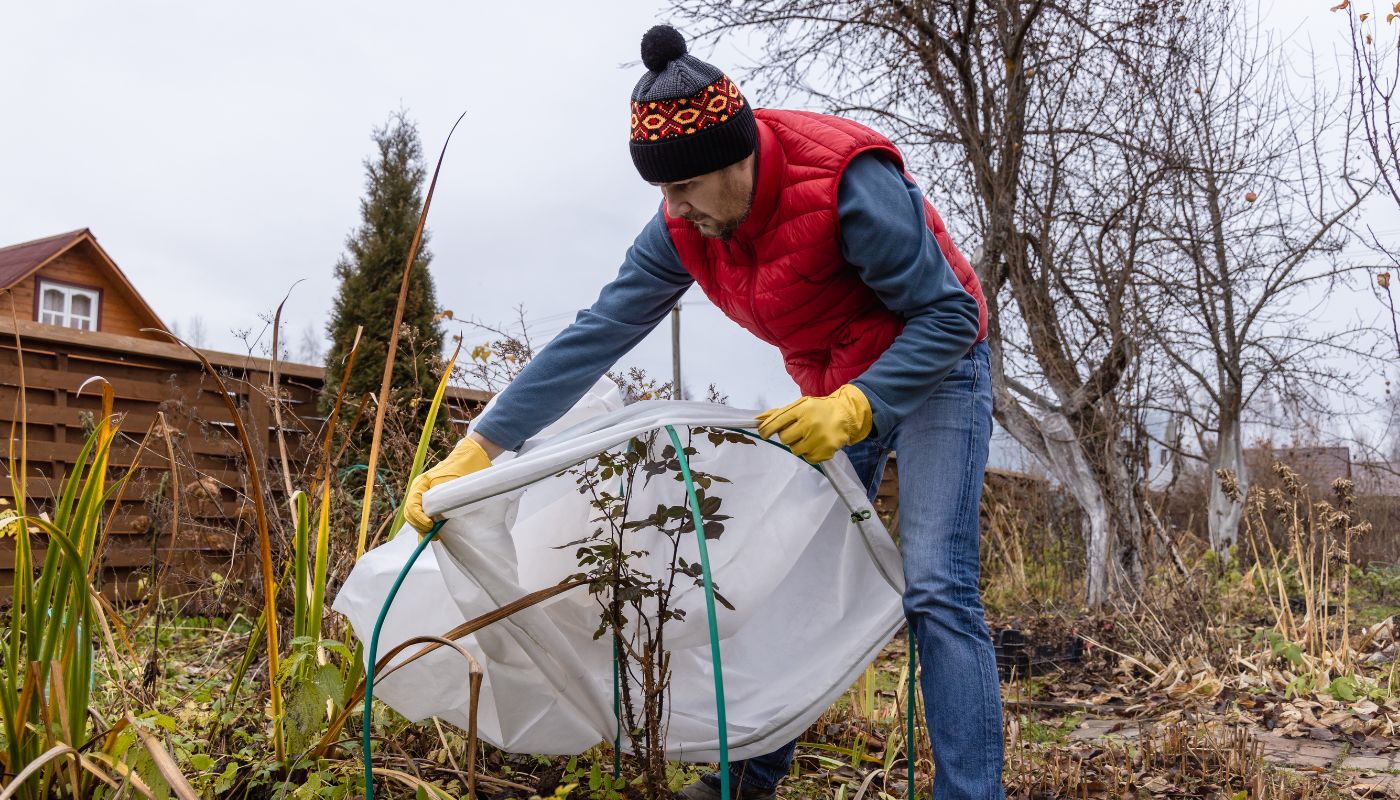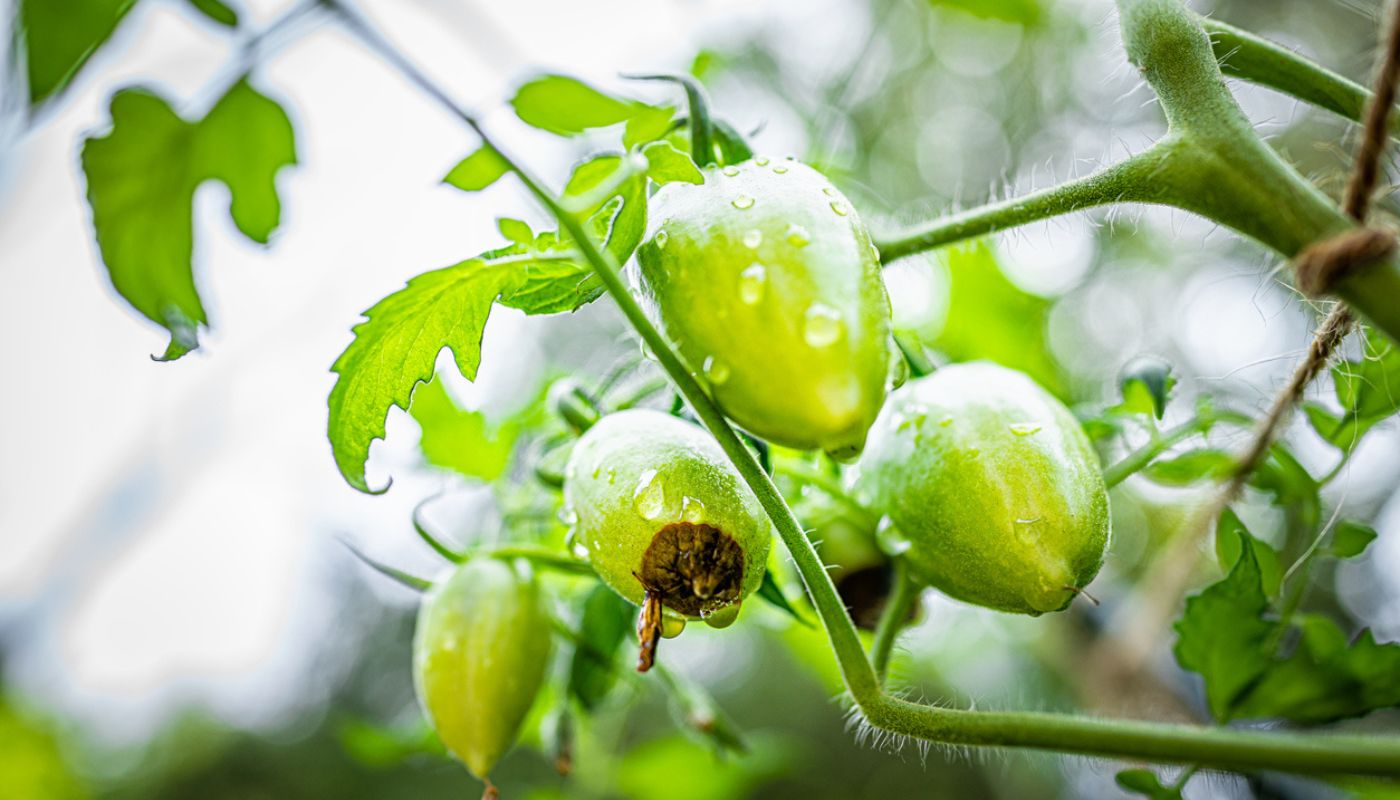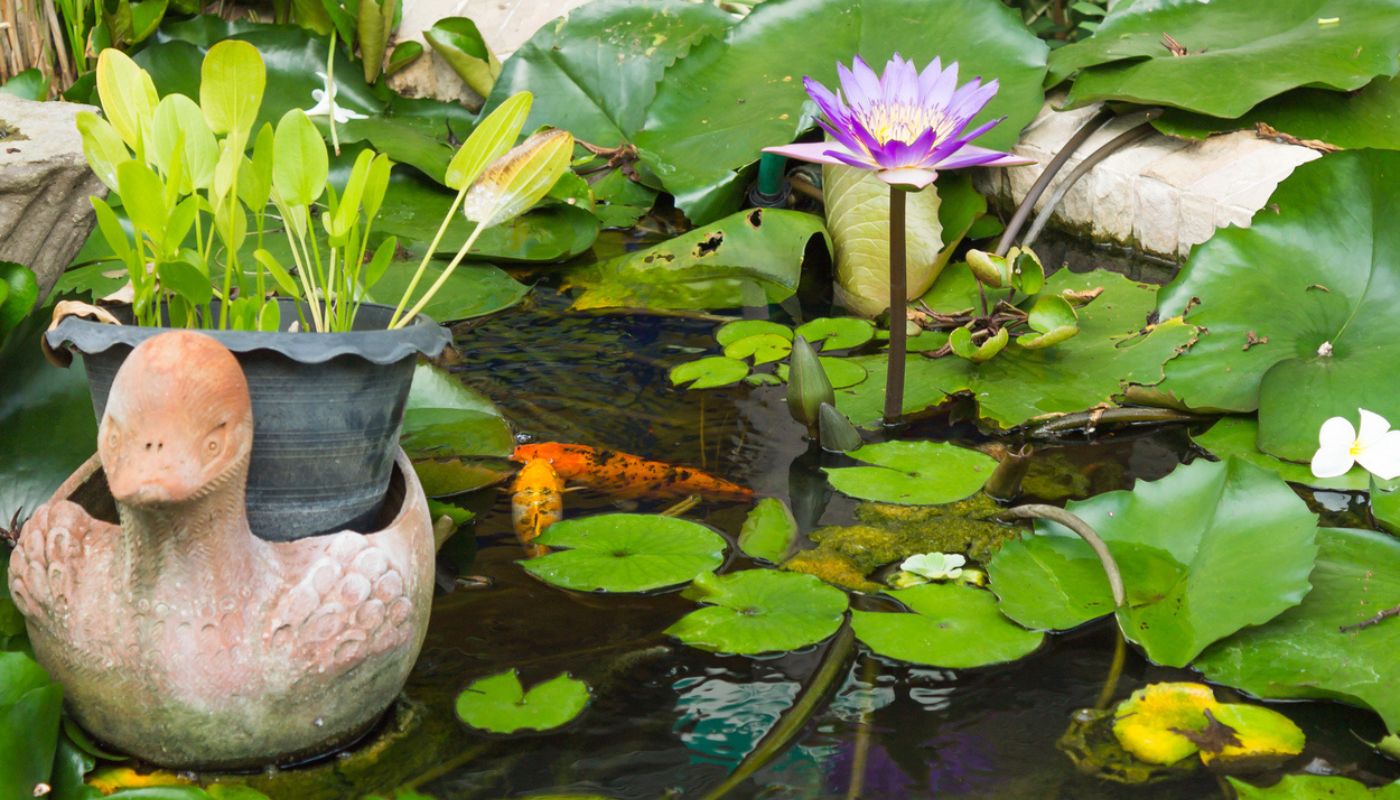
Winter Gardening Essentials: Preparing Your Garden for the Cold Weather
As the winter season approaches, it is essential to prepare your garden for the cold weather. This preparation is crucial to ensure the survival and thriving of your plants during the harsh winter months. This article will provide you with some essential winter gardening tips to help you prepare your garden for the cold weather.
Firstly, it is important to understand that not all plants can withstand the cold weather. Some plants are more susceptible to frost and cold temperatures than others. Therefore, it is advisable to research the types of plants in your garden and their tolerance to cold weather. This will help you determine which plants need more protection and which ones can withstand the winter weather.
One of the most effective ways to protect your plants from the cold is by mulching. Mulching involves covering the soil around your plants with organic materials such as straw, leaves, or compost. This creates a protective layer that helps to insulate the soil, keeping it warm and preventing it from freezing. Mulching also helps to retain moisture in the soil, which is beneficial for your plants during the dry winter months.
Another important winter gardening tip is to water your plants adequately before the first frost. Watering helps to insulate the roots of your plants, protecting them from the cold. However, be careful not to overwater your plants as this can lead to root rot. It is also advisable to water your plants early in the day to allow the water to soak into the soil before the temperatures drop at night.
Pruning is also an essential part of preparing your garden for the winter. Pruning involves cutting back dead or diseased branches from your plants. This helps to prevent the spread of disease and allows your plants to focus their energy on surviving the winter. However, it is important to note that not all plants should be pruned in the winter. Some plants, such as roses and hydrangeas, should be pruned in the spring.
In addition to these tips, it is also important to protect your garden equipment from the cold weather. Garden tools should be cleaned and stored in a dry place to prevent rusting. Similarly, garden hoses should be drained and stored indoors to prevent them from freezing and cracking.
Lastly, consider investing in some winter gardening tools. These include frost cloths, which can be draped over your plants to protect them from frost, and heated mats, which can be placed under your plants to keep their roots warm.
In conclusion, preparing your garden for the winter involves understanding the needs of your plants, protecting them from the cold, and maintaining your garden equipment. By following these winter gardening tips, you can ensure that your garden remains healthy and vibrant throughout the winter season. Remember, a well-prepared garden in the winter makes for a flourishing garden in the spring.
Vegetable Garden Tips: How to Protect Your Plants from Frost in Winter

As the winter season approaches, it is essential to prepare your vegetable garden for the cold weather. The frosty conditions can be harsh on your plants, but with the right strategies, you can protect them and ensure their survival. This article will provide you with some valuable tips on how to safeguard your vegetable garden from frost in winter.
The first step in preparing your garden for winter is to understand the frost dates in your area. These dates indicate the average period when the first and last frost occurs. Knowing these dates will help you plan your planting schedule and decide when to start protecting your plants. You can find this information from local weather stations or agricultural extension services.
Once you have the frost dates, you can start preparing your garden. One of the most effective ways to protect your plants from frost is by using mulch. Mulch acts as an insulator, trapping heat in the soil and preventing it from freezing. It also helps to retain moisture, which is crucial during the dry winter months. You can use organic materials like straw, leaves, or compost as mulch. Spread a thick layer around your plants, but be careful not to cover the plant’s base, as this can lead to rot.
Another method to protect your plants from frost is to use row covers or frost blankets. These covers create a barrier between the plants and the cold air, trapping heat and keeping the plants warm. They are especially useful for tender vegetables that cannot tolerate frost. Ensure that the covers are secure and reach the ground to prevent cold air from seeping in. However, remember to remove the covers during the day to allow sunlight to reach the plants.
Watering your plants can also help protect them from frost. Water releases heat as it freezes, which can help keep the surrounding soil and plants warm. Water your plants thoroughly the night before a frost is expected. However, avoid overwatering as this can lead to other problems like root rot.
Planting frost-tolerant vegetables is another strategy to consider. Some vegetables like kale, spinach, and Brussels sprouts can tolerate frost and even taste better after a frost. Planting these vegetables can ensure that you have a productive garden even in winter.
Lastly, consider using a cold frame or greenhouse. These structures provide a controlled environment for your plants, protecting them from frost and other harsh weather conditions. They can be a significant investment, but they can also extend your growing season and increase your vegetable yield.
In conclusion, preparing your vegetable garden for winter involves understanding your local frost dates, using mulch and row covers, watering your plants, planting frost-tolerant vegetables, and considering a cold frame or greenhouse. With these strategies, you can protect your plants from frost and ensure a successful winter garden. Remember, every garden is unique, so you may need to experiment with different methods to find what works best for your plants. Happy winter gardening!
Horticulture Hacks: Effective Strategies for Gardening in Winter
As the winter season approaches, it is essential to prepare your garden for the cold weather. This preparation is crucial to ensure the survival and thriving of your plants during the harsh winter months. This article will provide you with effective strategies for winter gardening, which we can aptly term as ‘Horticulture Hacks.’
The first step in preparing your garden for winter is to clean up the garden area. Remove any dead plants, fallen leaves, and other debris that may have accumulated over the summer and fall. These materials can harbor diseases and pests that could harm your plants during the winter. Cleaning up the garden also helps to prevent the growth of fungi and other pathogens that thrive in decaying plant matter.
After cleaning up, it’s time to protect your plants. Some plants are hardy and can withstand the cold, but others are more sensitive and need extra protection. One effective strategy is to apply a layer of mulch around the base of your plants. Mulch acts as an insulator, keeping the soil warm and preventing it from freezing. It also helps to retain moisture, which can be beneficial in areas where winter is dry.
Another strategy is to use cloches or garden fleece to protect your plants. These coverings shield your plants from the cold and from harsh winter winds. They also help to trap heat from the sun, creating a microclimate that can help your plants survive the winter. However, remember to remove these coverings on warmer days to prevent overheating and to allow for air circulation.
Winter is also a good time to prune certain types of plants. Pruning helps to improve the health and shape of your plants, and it can also stimulate new growth in the spring. However, it’s important to know which plants to prune and when. Some plants, like roses and fruit trees, benefit from winter pruning, while others, like spring-blooming shrubs, should be pruned after they flower.
In addition to these strategies, it’s also important to take care of your garden tools during the winter. Clean and sharpen your tools before storing them for the winter. This will help to prevent rust and will ensure that your tools are ready to use when spring arrives.
Lastly, don’t forget to plan for the next gardening season. Winter is a great time to review your gardening successes and failures from the past year and to plan for the upcoming season. You can order seeds and bulbs, plan new garden layouts, and research new plants to try.
In conclusion, preparing your garden for winter involves cleaning up the garden area, protecting your plants, pruning, taking care of your tools, and planning for the next season. By following these horticulture hacks, you can ensure that your garden is ready for the cold weather and that it will thrive when spring arrives. Remember, a little preparation goes a long way in ensuring the health and beauty of your garden throughout the year.






